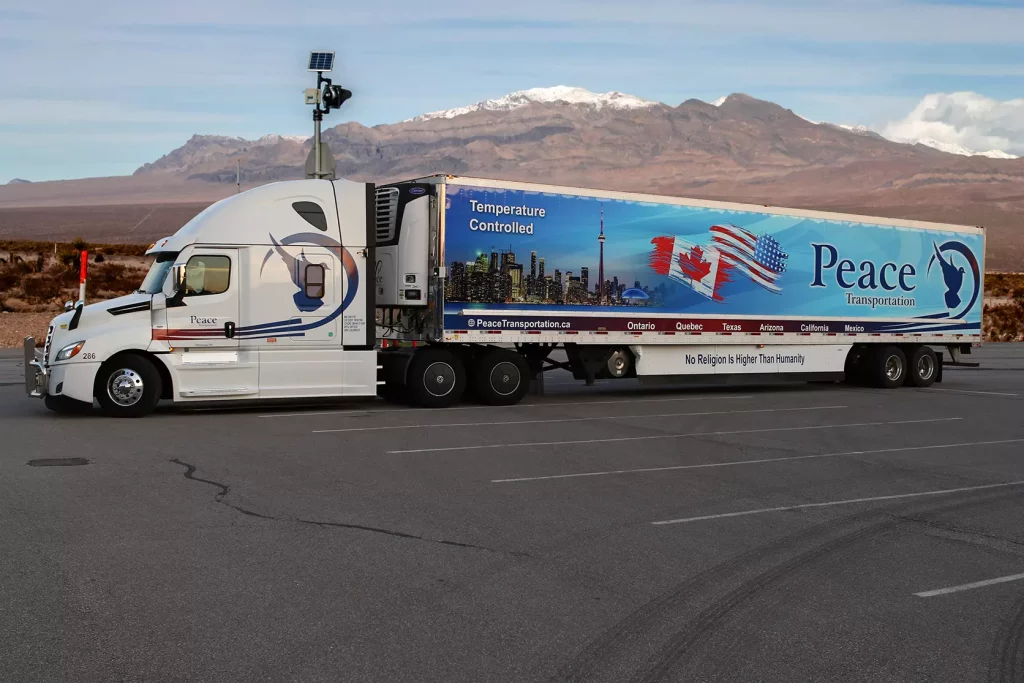Carrying things from one place to another might not be a big deal when selection is your own vehicle but it becomes considerable as soon as you shift to the trucking transportation option. Every ounce matters to maintain the life of the vehicle. It’s illegal to put on more weight than the allowed limit and tells the difference between tare weight & gross weight.
This is for the safety on the roads & longer life of the trucking vehicles. The main concern in shipping goods is to get to know about the different weights & what’s their importance. Weight is a crucial factor in determining the cost of the freight one books, regardless of any transportation method chosen.
They are multiple kinds of weight that can cause alteration in your billing so the tare weight is a must-know. Let’s start to know things:
What Is Tare weight?
Have you ever witnessed yourself or anyone traveling via plane??? The air companies allow a certain limit of weight to be carried along; that includes the weight of the carrier (bags, cartons, etc…) and the goods inside it. The carrier weight is actually the tare weight & in trucking transportation, it also holds the special specifications likewise the physical appearance of the parcels or goods. In trucking transportation, it is solely the weight of the empty freight. Or container that must be calculated with the mass of other materials and boxes.
What Is Gross Weight?
Gross weight is the cumulative weight of the container, materials & shipment. It means the sum of all of them without deductions. The carrier weight is not to neglect as it will also account for gross weight. So, the final gross weight of the freight includes the goods, packages & vehicle weight. While, for air transportation, the plane, fuel, and luggage all are included.
How To Differentiate Between Tare & Gross Weight?
Let us observe a practical approach to differentiate between the tare & gross weight; consider a purchaser-bought steel of around 35 tons. On getting the weight receipt it turns out to be 40 tons of gross weight with 5 tons of tare weight. That will be the settling weight in the freight area.
No doubt, the tare weight will cost the shipper hundreds of dollars but that is for the safety & marginal space of the freight. Therefore, there are legal criteria in Canada that a fleet company must follow to avoid any penalty. The maximum gross weight allowed in a truck is 80,000 lbs.
The limitation helps in the shipping needs of your company. At peace transportation, we look for the laws to be followed & we encourage our laborers to cross-check the requirements each time.
Blog Post:
Believe it or not, the tare weight has all to do with your safety… It might cost you a bit but the outcome is marvelous…Hence, At Peace Transportation, we acknowledge the state rules & prioritize them to be followed and also tell the difference between tare weight & gross weight.
Let Us Serve You!
Phone: 905-405-1002
Email: [email protected]
www.peacetransportation.ca


